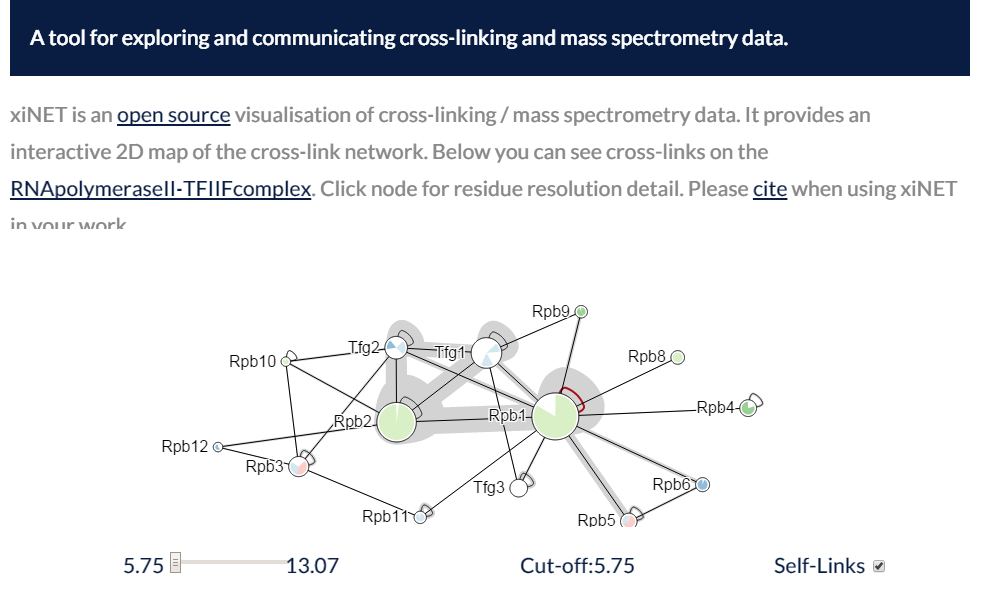I've been meaning to write this one for a while! Up to about a year ago R was a mysterious thing to me. There was a class on it I could have taken in grad school and my roommate, an ecology statistics guy (who has an awesome blog here, btw) used it all the time. Honestly, though, I didn't really know what the hell it was. Now, I definitely can not claim to be an expert, but I've taken a class and a half on R and what is out there is pretty mind blowing.
This is how I'd describe it: R is this free program that serves as a framework for other programs. You begin by running R and get into its interface. Then you load other programs (as far as I can tell, all of them are free) inside R. You need to know some stuff to use R, like a list of simple phrases to tell it to do things. For us old guys, it kind of resembles DOS (actually it most reminds me of the Commodore 64 interface).
It gets a little more complex than this, mostly due to how many people use R. Packages exist for business and sports statistics, for astronomy, for everything. One package of specific interest to us, however, is Bioconductor. This has a whole set of frameworks for the biological sciences. Inside Bioconductor there are, as of this morning, nearly 1,000 free programs (called "packages") that either come with or can be optionally added to this package.
A simple search through Bioconductor for proteomics gives us these packages (click should expand):
The next obvious questions would probably be "why do these free programs have advantages over some of the other stuff out there?" Check out the title of the second column: Maintainer. In general, R, packages don't just get written and forgotten after the reviewer checks them out. One of the authors is responsible for making sure the package you download isn't corrupt, is compatible with the newest versions of R and upgrades functionality as new features are added. This is in theory, of course, but you have the name of someone to email if you can't get it to work. Pretty cool, right?
I was reminded to write this entry the other day thanks to this great paper by Laurent Gatto et. al.,.
.gif)















